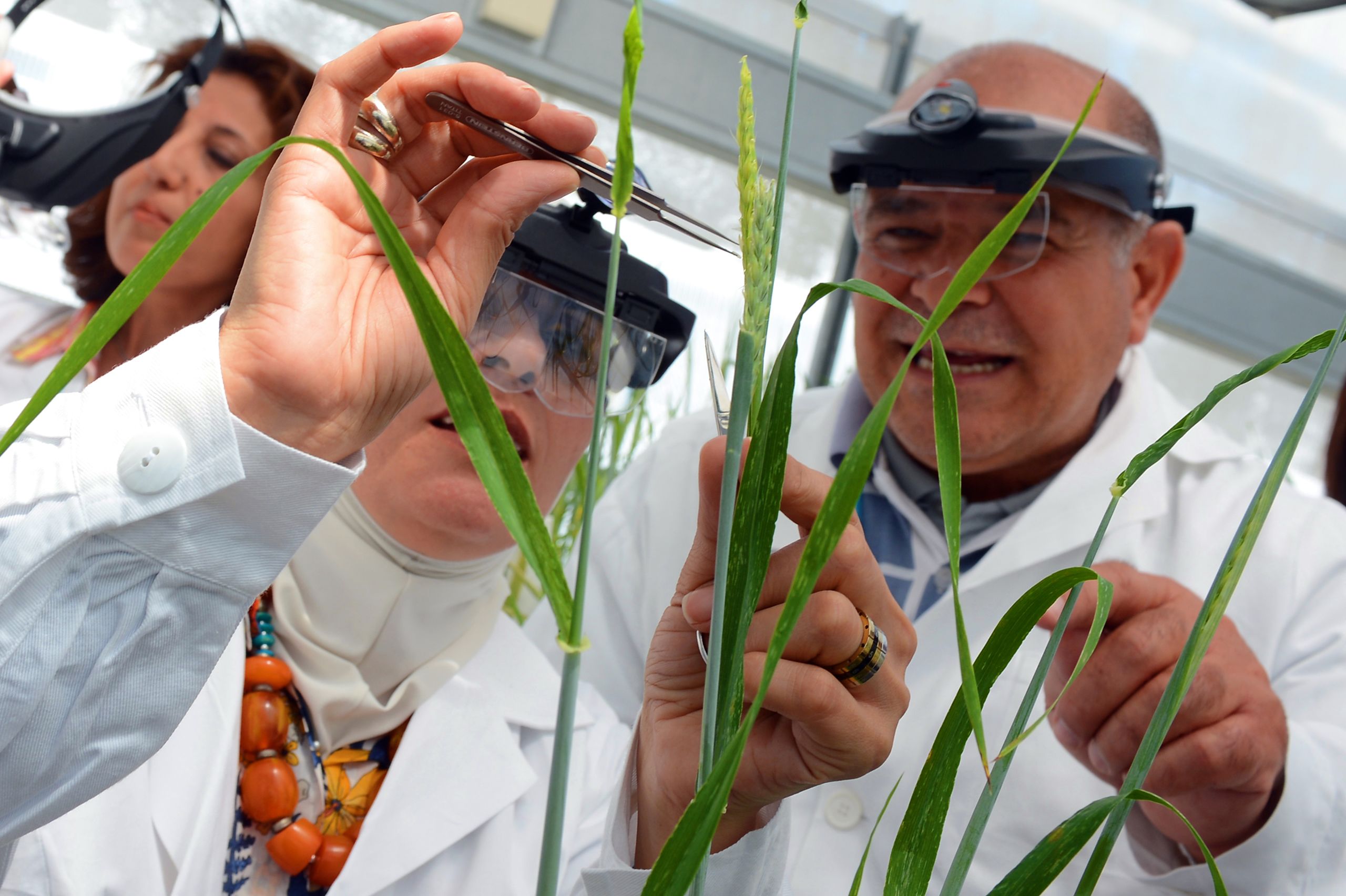
However, farmers are already struggling to meet the food demand. Existing breeds of crops cannot survive in extreme conditions such as heat waves, droughts, erratic and intense rainfall patterns, storms, floods and emerging insect pests.
Millions of vulnerable food producers, particularly in Asia, urgently need improved varieties of seeds that can grow in harsher conditions, to sustain lives and economies.
To develop new agricultural crops, the Joint FAO/IAEA Centre of Nuclear Techniques in Food and Agriculture, based in Seibersdorf, Austria, has been speeding up plant breeding research for more than 60 years by exposing seeds to machine radiation in labs.
So far, over 3400 new varieties of more than 210 plant species have been developed using this nuclear technique.

Could exposing seeds to cosmic radiation (space mutagenesis) produce different varieties of crops than seeds irradiated in labs on earth? To find out, in November 2022, the IAEA and FAO sent seeds to the International Space Station (ISS) in their first space breeding experiment.
The seeds stayed in space for around five months.
Half the seeds were kept inside the ISS, exposed mainly to microgravity and to some levels of radiation.
The other half were positioned outside the ISS for around five weeks, exposed to the full range of cosmic radiation and the extreme temperatures of space.
Two seed varieties were sent to space for this experiment, selected because there is already a large bank of genetic knowledge on them for analysis and comparison.
1. Sorghum
Sorghum is a nutrient-packed cereal grain and type of millet. As millets require less water, they can grow on arid lands and are resilient to changes in climate. To raise awareness and to increase the production and consumption of millets, the UN declared 2023 the International Year of Millets.
2. Arabidopsis
Arabidopsis is a type of cress that is easy and inexpensive to grow and produces many seeds. It has already been studied extensively by plant botanists and geneticists.
In April 2023, the seeds left the ISS and travelled back to Earth. Back at the IAEA and FAO labs, they will be germinated, grown and screened for desirable traits.
Comparisons between the seeds that were positioned inside and outside the ISS, to seeds that were irradiated in a laboratory, will help clarify whether space conditions have a uniquely valuable effect on the development of new and improved crop varieties. The results could potentially improve food security in countries most affected by food shortages brought about by climate change.

Can ‘cosmic crops’ withstand the ravages of climate change, and ultimately improve food security to feed the growing population on earth?

We will find out

Share by clicking on social media icons on top right of this page

